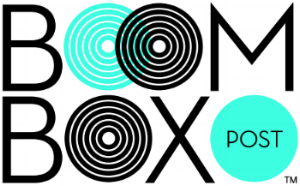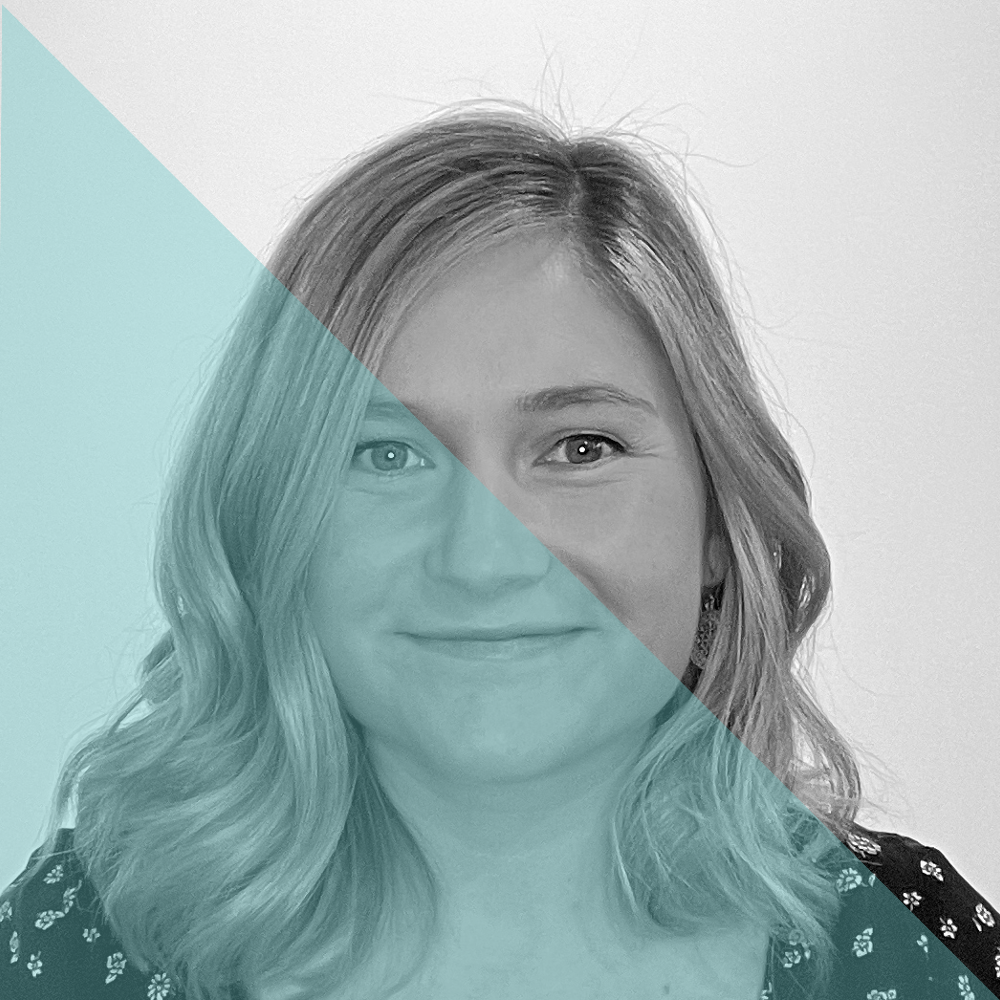A COLLABORATIVE POST
WRITTEN BY BOOM BOX POST
Our perception of time can be such a mystery. How often do you find yourself looking up at the clock in disbelief that the day is already halfway gone? Somehow Spring is already around the corner and just last weekend we lost a precious hour to daylight savings. What better time than now to strengthen your time management skillset and start implementing new techniques to ensure you stay on top of your projects?! We interviewed our expert mixers and sound editors for their input on how to consistently deliver work in a professional manner: on time!
Kate Finan
Co-owner, Re-recording Mixer
Because my job entails so many different facets (supervising editorial, mixing, running a business, sales, managing our Boom Box Library online store, and more!), I like to keep everything I need to accomplish in my Google Calendar so that I don’t ever drop the ball. I block out time to do any large tasks (mixing an episode all day, using a few hours to prep for a preview, etc.). But, there are tons of small things that don’t warrant a full 30 minute block. For those, I use “Tasks” in Google Calendar. It lets me set times for them or set them more generally on a date. If I don’t check them off that day, they roll onto the next day. So, whenever I have a few minutes, I can check my Tasks calendar and knock out a few small things like shooting off an email, rescheduling a lunch, or updating my mix template. I might not always have everything done, but I do always know exactly what I need to do!
Distraction is the mother of all time sucks. The average person checks their phone well over 100 times a day! It’s our job to hyper-focus on everything sound-related, so mixing actively requires all of your attention. If I glance away for a second, I may miss a sync issue or a glaring pop or tick that needs removal. I may lose the narrative thread altogether if I’m not 100% in it. So my tip for everyone… it can wait. Whatever it is, short of a family emergency, it does not need your immediate attention. Rather than constantly pulling focus to respond to a ‘ping’ from your phone or laptop, schedule frequent breaks for yourself and be disciplined about using that time (and only that time) to read those missed emails and Slack messages. Your productivity will soar.
Jeff Shiffman
Co-owner, Re-recording Mixer
Tess Fournier
Supervising Sound Editor
I like to break up my work into sections which dictate what content I need to finish per day. I do that by chopping up the guide track and color coding the sections (each day gets a color). Then as I work, I color sections that I’ve completed grey - it’s a nice way to visually see how much work I have ahead of me vs what I’ve already completed. To visualize how I use this, check out the “visual reward system” section in Jeff’s post from a few years ago.
My advice is to front-load any custom sound design that needs to be done on a project. That way, you can design up front and then cut those sounds in as you go, rather than designing as you go. For example, if I notice a new vehicle in an episode of Transformers, I'll design all of the parts of that vehicle up front (acceleration, pass bys, revs, etc), and then all I'm doing when I edit is cutting those sounds in, instead of trying to design those sounds from scratch each time they appear on screen.
Brad Meyer
Supervising Sound Editor
Logan Romjue
Dialogue Editor
One of my go-to productivity strategies is assigning tasks a priority level from 1 to 3. I use the Todoist app for this, but even when writing a list on paper, I’ll mark tasks with (P1), (P2), etc. This helps me identify the most important tasks for the day. For instance, if an ADR session comes in midday, I’ll check its deadline, assess my workload, and assign it a priority. P1 means it needs immediate attention, P2 is important but can likely wait until tomorrow, and P3 is low priority and doesn’t need to be done today. I try to keep my P1 tasks limited to 3-5 to avoid feeling overwhelmed. I apply this system to everyday life as well, from errands to household chores!
Katie Jackson
Sound Effects Editor
Work ahead and leave time at the end to perfect. My productivity stalls when I feel like I have to be putting out my best work at all times. Instead of working against the creative highs and lows of the work day, I find that just cutting something and then leaving plenty of time to review and perfect at the end delivers a better result and a more efficient workflow. It is the best way to ensure I keep momentum for the entire duration of the project rather than getting stuck at the hardest parts of a scene. I know my best and most creative self operates in the morning, so during long afternoons I just keep pushing through the editorial, take the night to rest, and come in ready to put lots of detail and finishing touches on a mostly completed scene. I usually end up finishing with plenty of time to spare, allowing me to review several times and ensure my work is perfectly polished and ready to go!
Jayson Niner
Sound Effects Editor
Try not to get bogged down too much on your first pass because you want everything to sound perfect. Push through your first pass to achieve your basic idea. Then later in the day or week when you've finished the majority of your work take another listen. You might have thought the edit or build sounded horrible or ineffective, but more often than not after a second listen near the end of the process you realize you were banging your head against the wall for no reason. It sounds a lot better than you remember! Even if the build still needs some tweaks, after taking your mind off of it for a bit new solutions and ideas will come to you much quicker.
My time management is completely marker based. I make a marker for each sound, this usually takes me 1-2 hours at the start of the week. Then I divide up the total markers by the number of days I have to work on that episode. Say I have 500 markers, and 5 days to do an episode, I know that I need to do 100 markers per day. This system also allows me to sort my markers alphabetically, so I can knock out all pats in one sweep, all door markers, all body falls…etc. I personally work much more efficiently on this system, but it’s not for everyone!
Vivian Williams
Sound Effects Editor
James Yaiullo
Sound Effects Editor
My biggest thing is probably "design what you're in the mood to design." For me it helps my editorial flow more smoothly when I pick the section or sequence in an episode that I am most actively engaged in at that moment. Cutting it is more fun, comes more naturally, and I usually end up working through more of the episode than I realize.
Along those same lines, there's nothing wrong with coming back to a section or sequence that, for one reason or another, just isn't clicking with you in that moment. You may burn up more time trying to muscle through something that a few hours later or the next day you'd feel totally capable of nailing. Separately, and this one maybe goes without saying, but having a few custom key commands for things that you feel benefit you and your workflow personally can really speed up your editorial and even make it feel more like your own.
Thanks to our mixers and editors for sharing their tips to time management as it relates to their sound work! We hope you learned something!
Share your time management tips with us in the comments!
If you enjoyed this blog, check out these:
STAY ON TRACK! 5 TIPS FOR IMPROVING CREATIVE PRODUCTIVITY
LUNCH AND LEARN: INCREASING PRODUCTIVITY WITH ZAPIER
HOW TO CRUSH YOUR FIRST GIG AS A SOUND EDITOR










